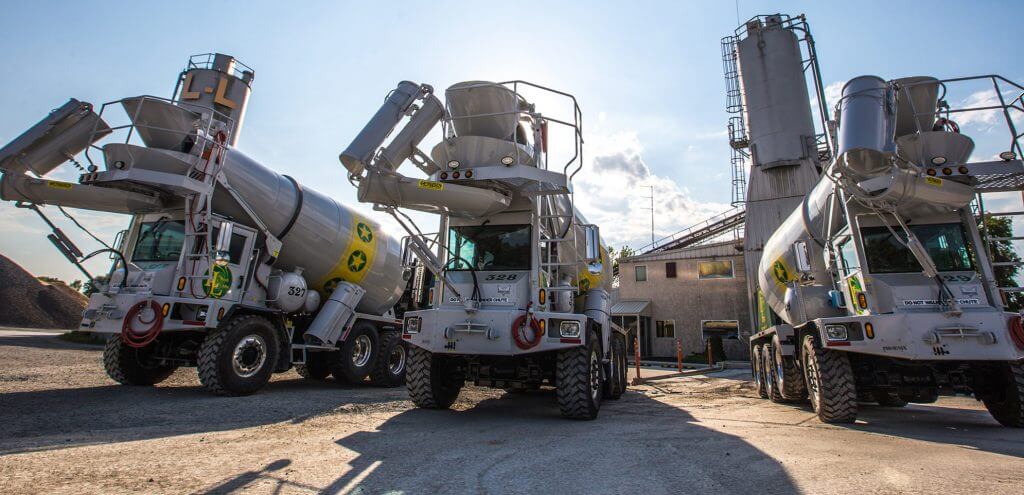
How much concrete do I need, is a simple question asked by many. It can be bought in multiple forms, including in 60 or 80-pound bags, or delivered in huge amounts by specialized concrete mixer trucks. Appropriate mixing is important for the production of strong, uniform concrete. It contains mixing water, aggregate, cement, and any desired additives.

Production of concrete is time-sensitive, and the concrete must be positioned before it solidifies since it is usually set as a viscous fluid. Some concretes are even designed to harden more rapidly for applications that require fast set time. Alternatively, in some factory settings, It is mixed into dryer forms to produce precast concrete products such as walls.
How to calculate concrete?
- Define how much concentrated you want
- Know the length and width that you would like to have
- Increase the length by the width to define square footage
- Convert the thickness from inches to feet
- Multiply the thickness in feet by the square footage to determine cubic feet
- Convert cubic feet to cubic yards by multiplying by .037
Following is what the math looks like for a 10’ by 10’ concrete patio:
10 x 10 = 100 square feet
4 ÷ 12 = .33
100 x .33 = 33 cubic feet
33 x .037 = 1.22 cubic yards
You are calculating for volume and then converting to cubic yards. The formula for capacity is as follows: length x width x thickness. To define how many bags of it you will need, divide the total cubic yards needed by the yield. Use the following yields per each bag size:
40-pound bag yields .011 cubic yards
60-pound bag yields .017 cubic yards
80-pound bag yields .022 cubic yards
Concrete Ready Mix or Bags?
Greater jobs such as driveways are easier to complete when ordering that by the yard, rather than trying to mix bag after bag by hand. For smaller jobs, like a walkway, modest patio or footings, you must calculate the amount of its bags instead.
Bagged concrete is perfect for:
- Pouring small slabs for sidewalks or patios
- Setting posts for fences or mailboxes
- Making repairs to foundation walls, walkways or steps
- Pouring small curbs, steps, or ramps
- Footings for decks, pergolas, walls and more
Read here about Stamped Concrete
If you’re getting bagged concrete you may be able to have it provided, but if it is only a few bags you’ll be accountable for moving it yourself. You’ll also need extra equipment for mixing the it. A rented mixer can be very helpful, but a wheelbarrow works for just a few bags.
Ready-mixed concrete by the yard is best for:
- Large patios, driveways, pool decks and more
- Foundation slabs for a house
- Parking lots or commercial sidewalks







